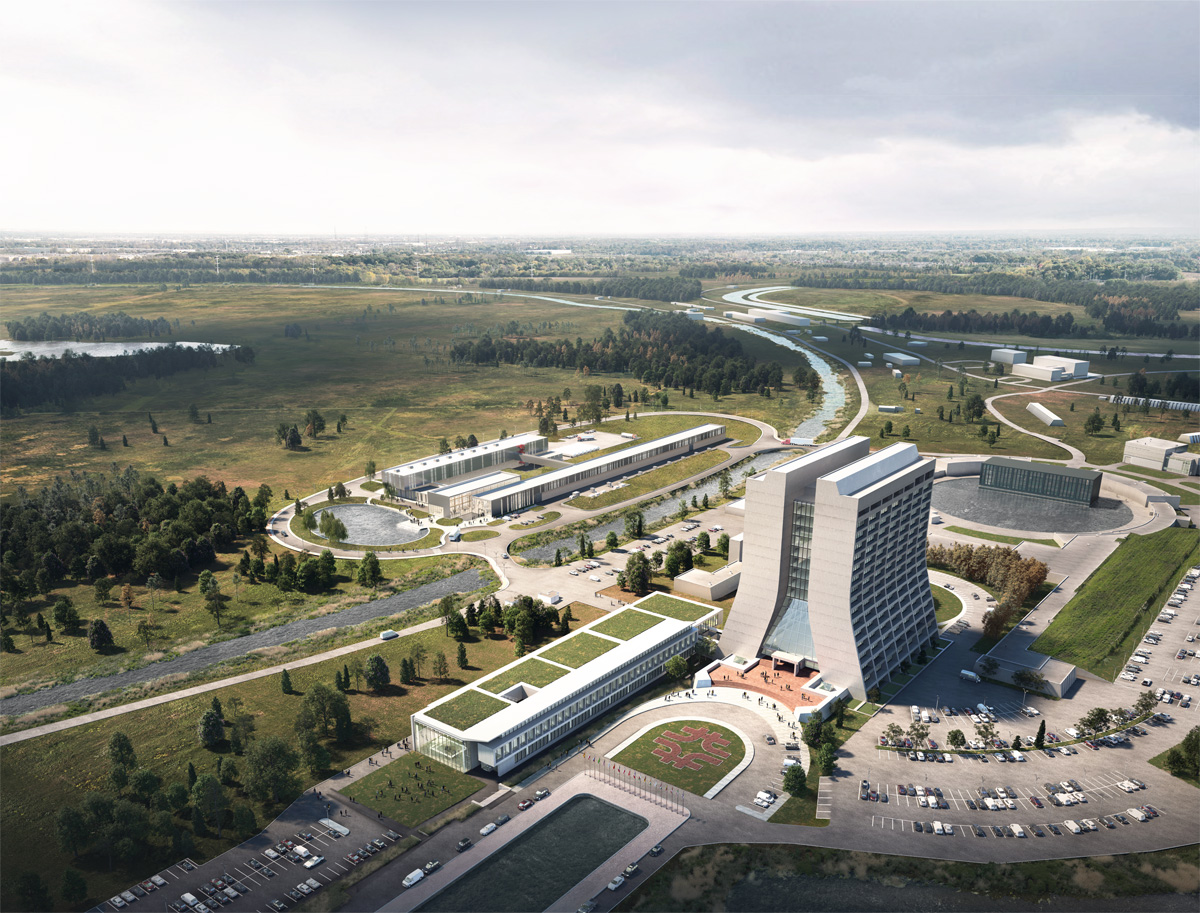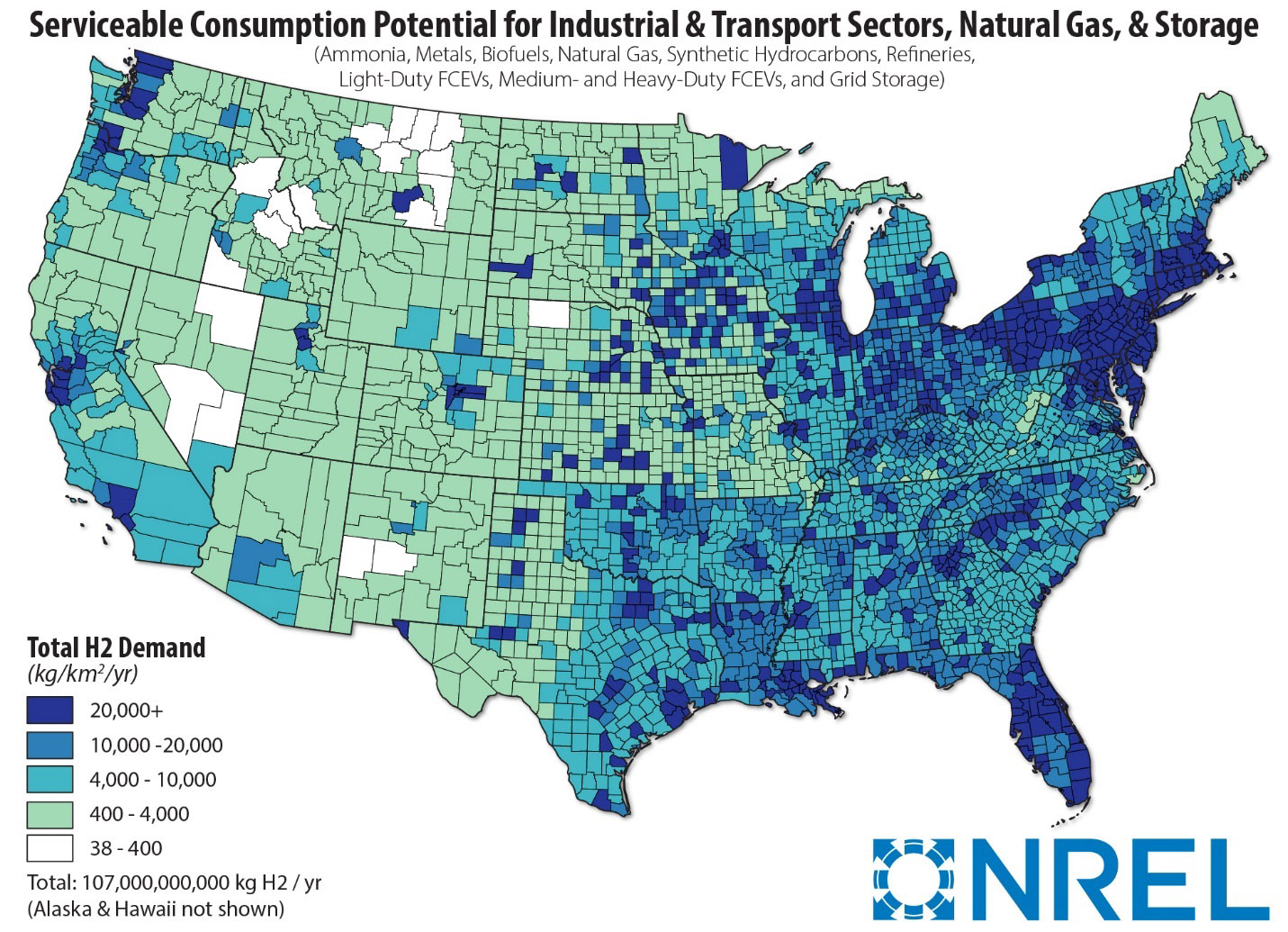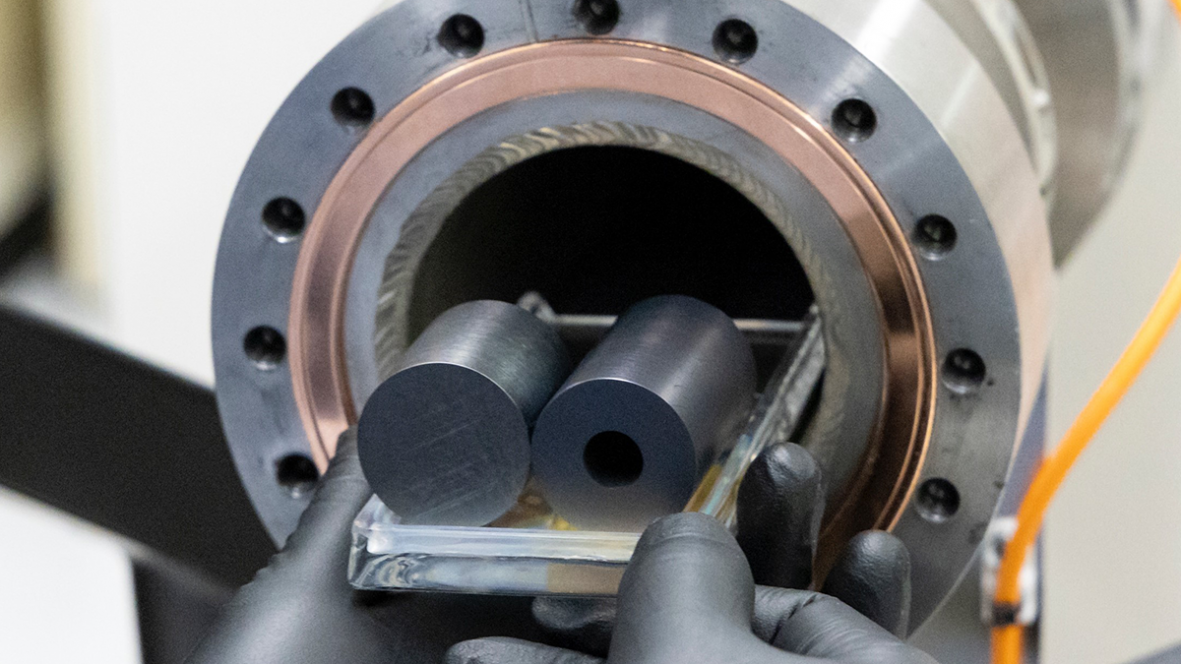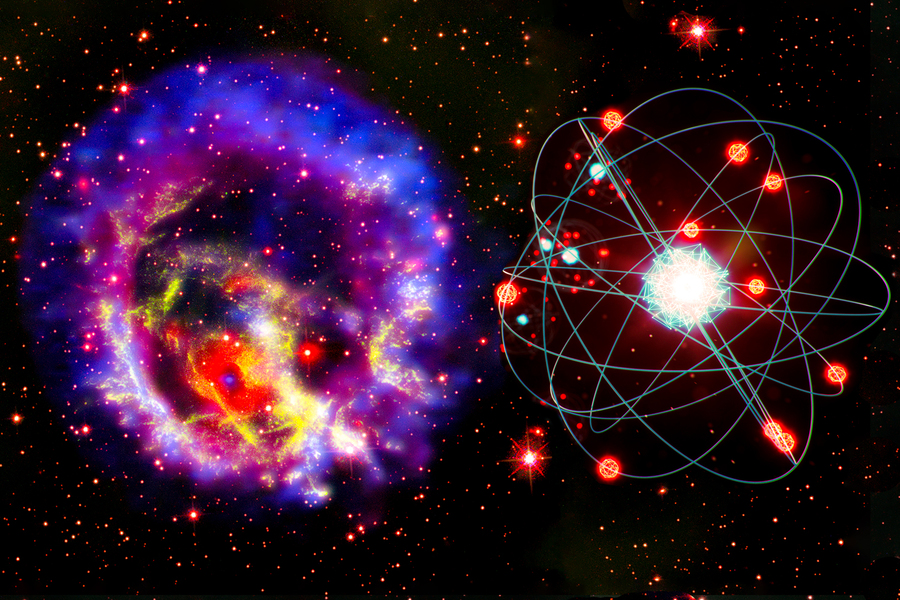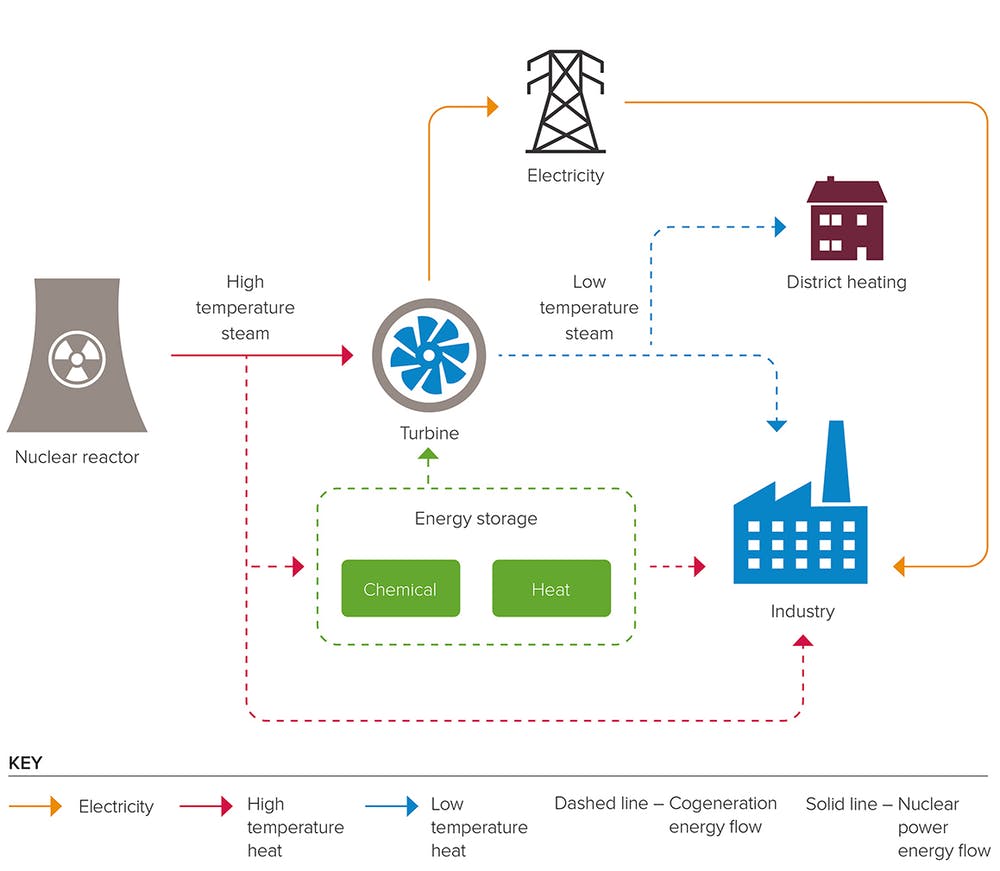ARC-20 cost-share funds go to ARC Nuclear, General Atomics, and MIT
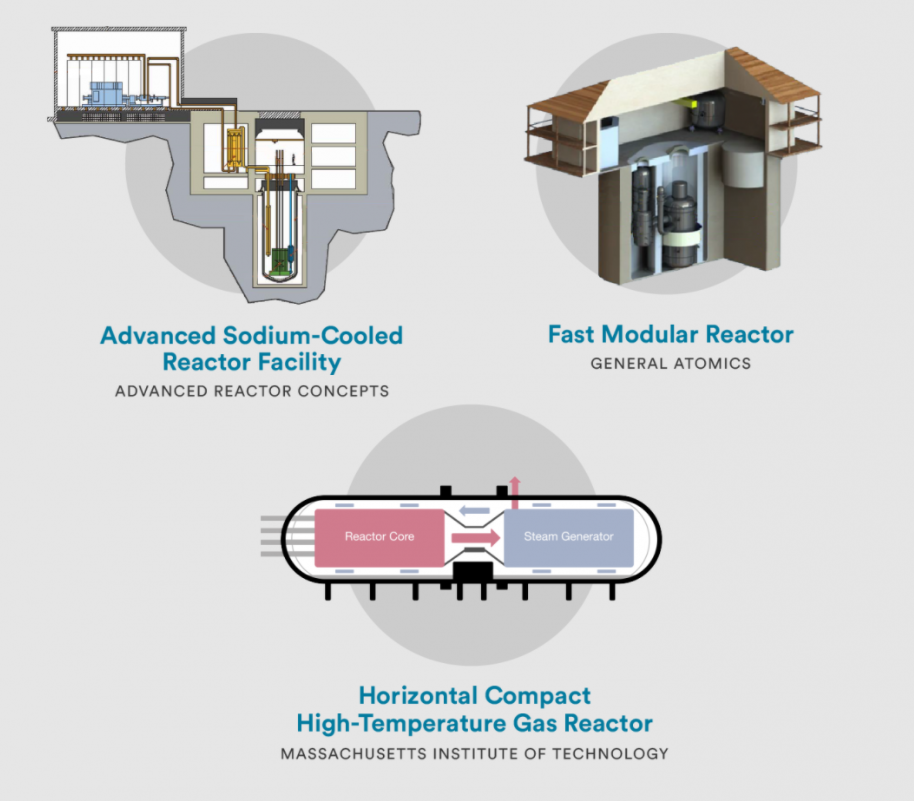
Designs chosen for ARC-20 support could be commercialized in the mid-2030s. Graphic: DOE
The Department of Energy’s Office of Nuclear Energy (DOE-NE) has named the recipients of $20 million in Fiscal Year 2020 awards for Advanced Reactor Concepts–20 (ARC-20), the third of three programs under its Advanced Reactor Demonstration Program (ARDP). The three selected teams—from Advanced Reactor Concepts LLC, General Atomics, and the Massachusetts Institute of Technology—will share the allocated FY20 funding for ARC-20 and bring the total number of projects funded through ARDP to 10. DOE-NE announced the news on December 22.
The DOE expects to invest a total of about $56 million in ARC-20 over four years, with industry partners providing at least 20 percent in matching funds. The ARDP funding opportunity announcement, issued in May 2020, included ARC-20 awards, Advanced Reactor Demonstration awards, and Risk Reduction for Future Demonstration awards.


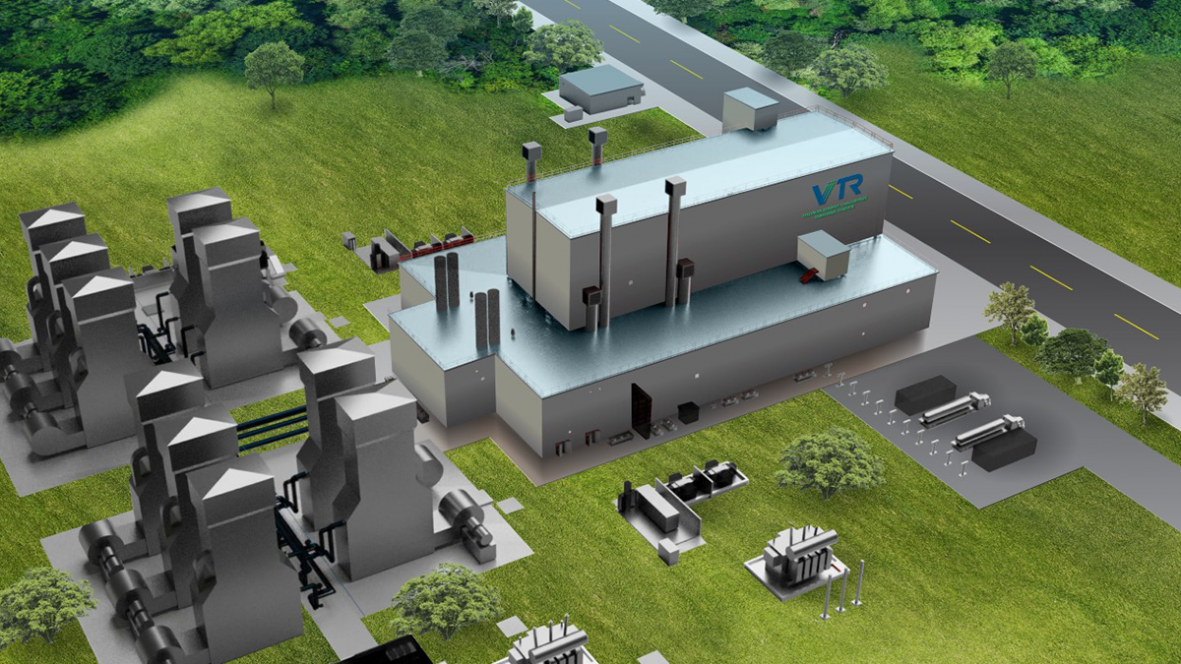 The Department of Energy has begun the environmental review of its proposed Versatile Test Reactor (VTR), releasing a
The Department of Energy has begun the environmental review of its proposed Versatile Test Reactor (VTR), releasing a 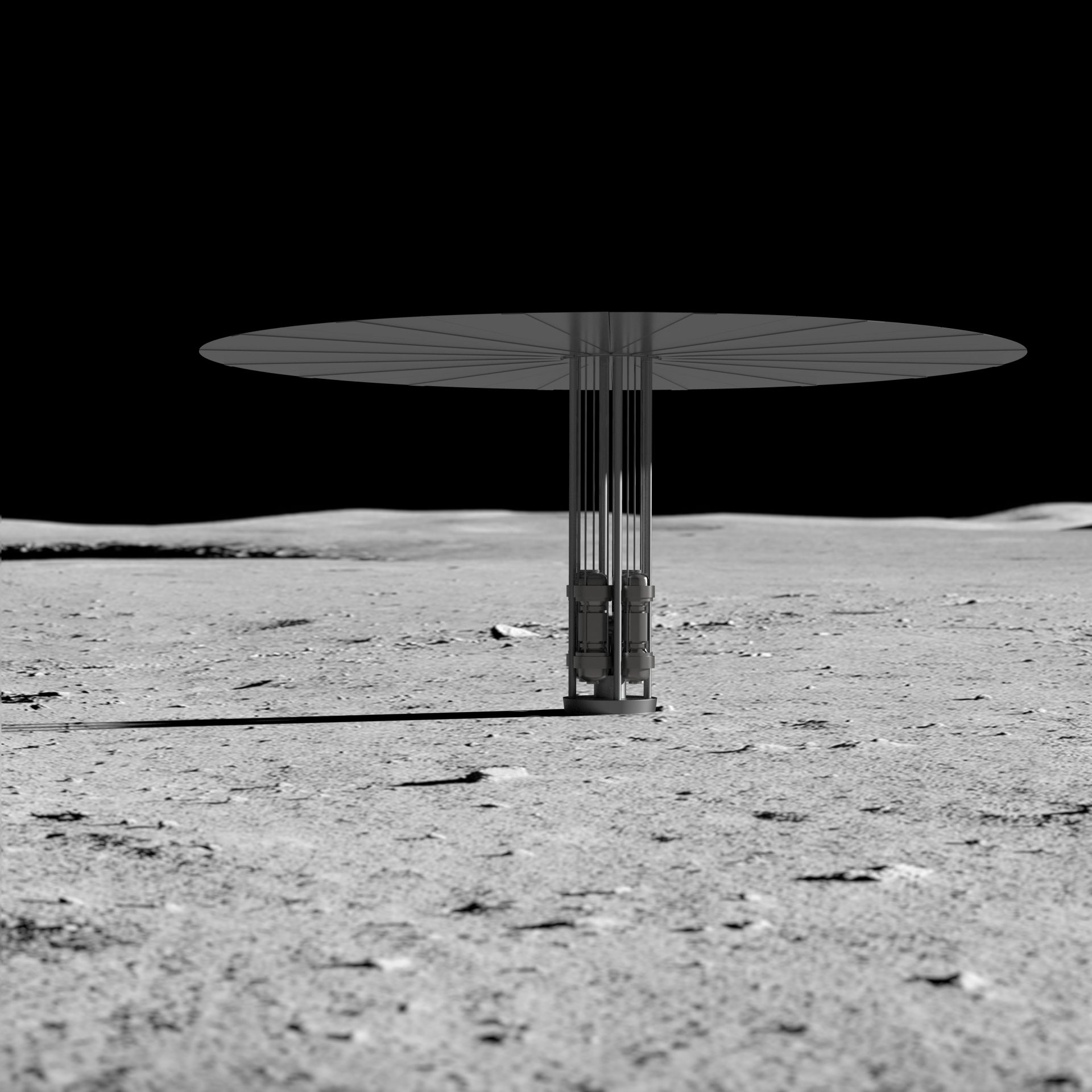
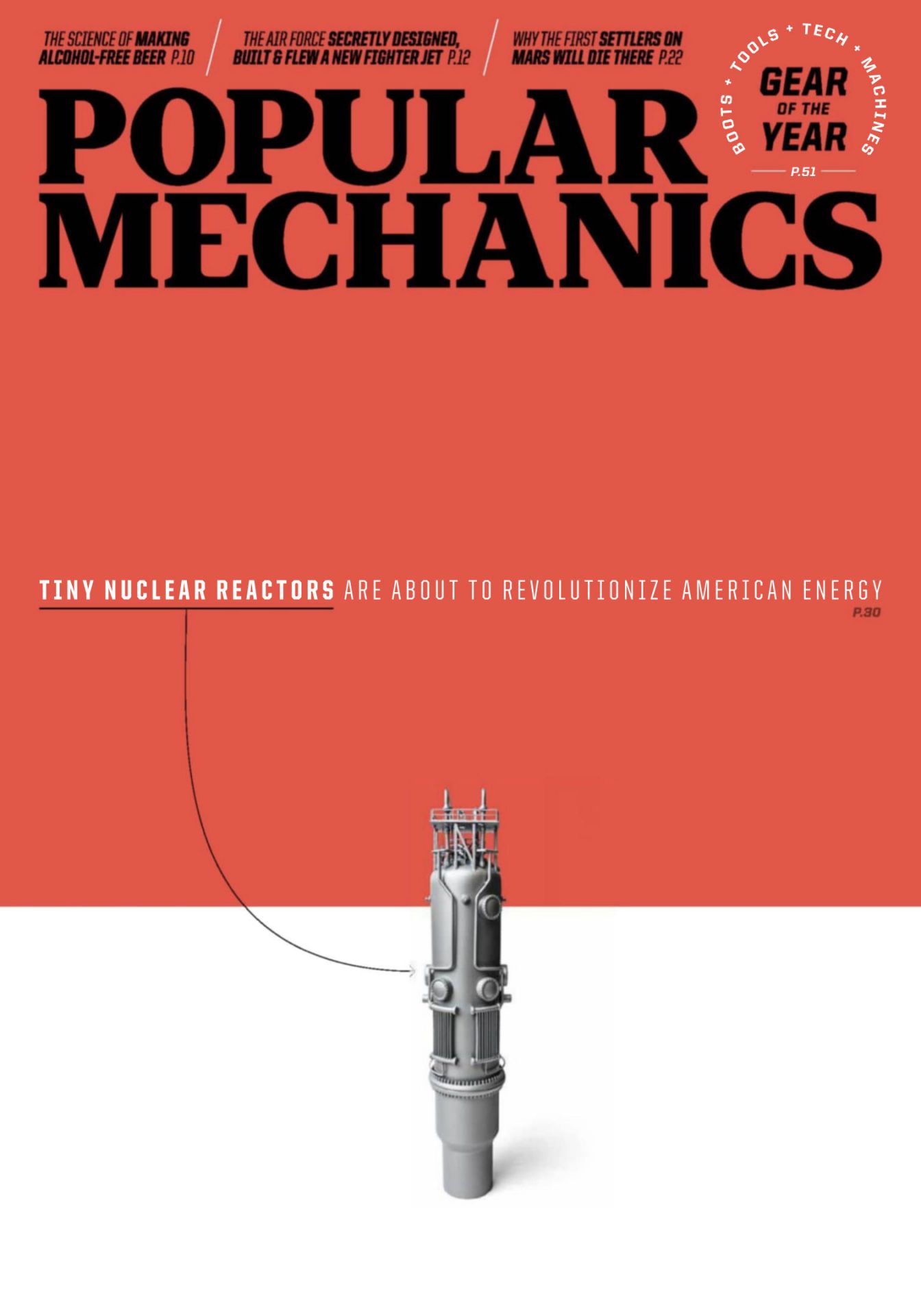 The January/February 2021 issue of
The January/February 2021 issue of 
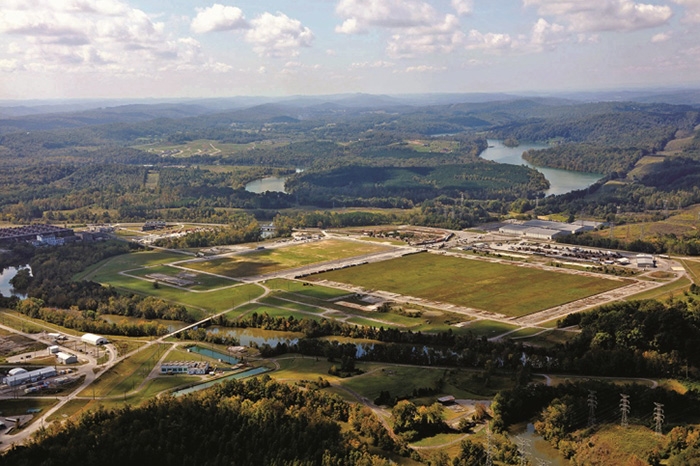
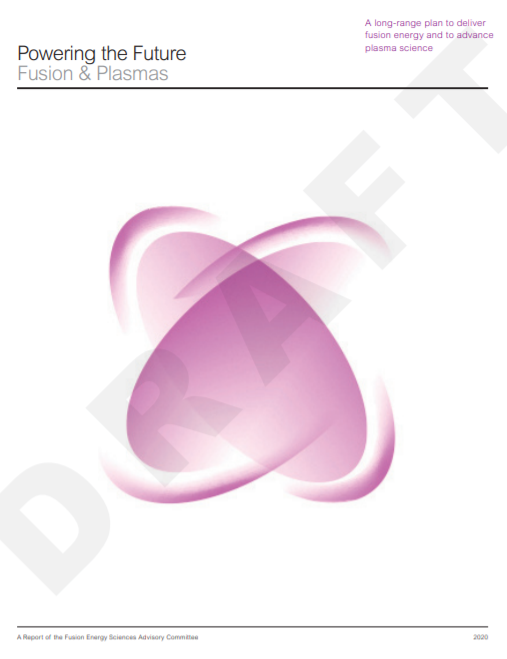 The Fusion Energy Science Advisory Committee (FESAC), which is responsible for advising the Department of Energy’s Office of Science, on December 4 published the first public draft of
The Fusion Energy Science Advisory Committee (FESAC), which is responsible for advising the Department of Energy’s Office of Science, on December 4 published the first public draft of 
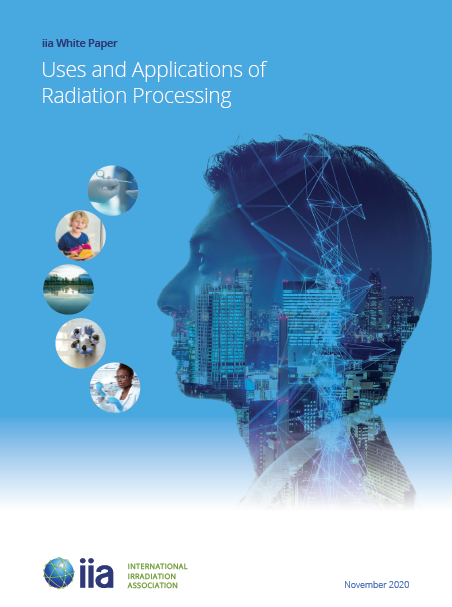 With input from the American Nuclear Society and other organizations, the
With input from the American Nuclear Society and other organizations, the 